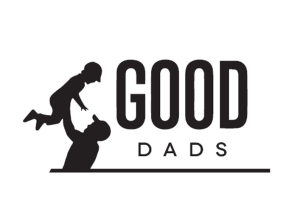Warts are benign (not cancerous) skin lesions caused by a variety of viruses. Anyone can develop a wart that comes in contact with the virus; however, children and teens, people who bite their nails or have cuts or damage to the skin, or people who have weakened immune systems, are more prone to getting warts than other people; as the wart virus is contagious. It is primarily thought that our immune system helps kill the virus and prevent us from getting warts.
Treatment can be injection of the wart with Candida antigen. Candida antigen is recognized by the body as foreign, activating the body’s immune system as a result. The wart virus has the ability to go unrecognized by the body’s immune system. By injecting the antigen into the wart, not only does the body’s immune system fight the antigen, but then it has been activated and can more easily recognize the wart virus and potentially kill it as well. Doctors have used the solution for over 30 years as an FDA approved way to check a patient’s immune system. It has not yet been FDA approved for treating warts specifically, but is commonly used to inject into warts causing the immune system to become very active in that area and has proven to work against the wart virus in many cases. The advantage of injection therapy is that it is quick, and there is no scarring or open sore to deal with.
Side effects of injection therapy with Candida have been very rare. However, occasionally a rash (hives) will develop as an allergic response. If you should experience hives, an antihistamine like 50/100 mg of Benadryl (Child/Adult) may be taken. If you have an allergy to Candida, you may try targeted laser treatment, as you will no longer be a candidate for Candin injection. Other side effects may include: itching, flu-like symptoms (achy, feverish, and tired) that typically subside with acetaminophen (Tylenol), and discoloration of the wart. Whether it changes color or not, you want to see it dry out, become crusted-looking, and eventually fall off. Rarely, will there be blistering. No special care of the treated wart is needed. You can resume your normal daily activities immediately following treatment. You may require more than one injection to fully treat the area(s) of concern. If the wart(s) have not cleared after the first or second injection, a third injection may be given. If the wart does not respond to the initial injection, you may also try laser therapy or other topicals to remove the wart. The laser therapy works through targeted heat to eliminate the blood supply to the wart. Please allow at least four to six weeks between treatments. A follow-up visit will be scheduled for four to six weeks after your treatment. The necessity of an additional treatment will be determined during this appointment.






